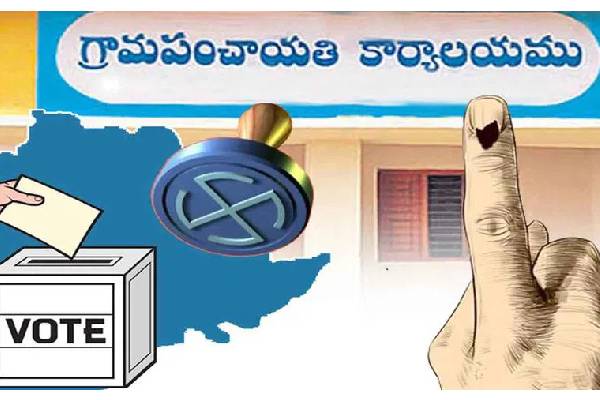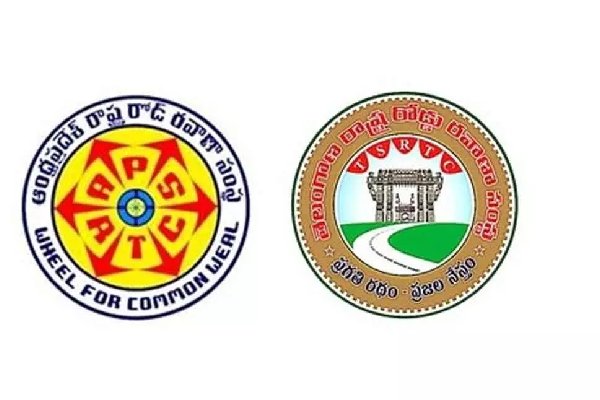Public transport in the Telugu states is undergoing a notable transformation. Both Telangana and Andhra Pradesh governments have rolled out bold initiatives to make travel more affordable and inclusive, from fare reductions to free bus rides for women. While these measures have been widely welcomed by the public, they come with significant financial implications for the state-run corporations: TGSRTC and APSRTC.
TGSRTC’s Fare Cuts: A Strategic Push to Regain Ridership
In a move to reclaim passenger traffic on the high-demand Hyderabad–Vijayawada route, the Telangana State Road Transport Corporation (TGSRTC) has introduced its second round of fare cuts this year. Premium services like Garuda Plus and E Garuda now offer 30% discounts, while Super Luxury and Lahari (non-AC) buses have a 20% fare reduction.
Officials indicate that the move is aimed at countering the flexible pricing of private operators and strengthening the public transport option for budget-conscious passengers. The earlier price cut in February, which ranged between 8–10%, saw a positive response prompting the department to double the reduction this time.
Despite concerns over revenue impact, TGSRTC has shown signs of a financial rebound. After years of losses, the corporation recorded a net profit of ₹108 crore in FY24, recovering from a steep ₹672 crore loss in FY23. In the first half of the current financial year, it has already posted ₹336 crore in earnings, largely supported by increased ridership and targeted state support schemes like free bus travel for women.
Still, officials caution that operational costs remain high with fuel, maintenance, and fleet management continuing to pressure margins.
APSRTC’s Free Travel for Women: A Social Promise, But at a Cost
Andhra Pradesh, meanwhile, is preparing to launch free bus travel for women across the state from August 15, a promise made under the NDA government’s Super Six guarantees. Notably, the scheme may extend beyond basic Pallevelugu services to include Express buses, offering a major boost in mobility for women, especially in rural and semi-urban regions.
While the intention is socially progressive, the financial strain on APSRTC is evident. The corporation ended FY23 with a loss of ₹1,685 crore, and FY24 with a loss of ₹1,566 crore as a result of high operational costs and limited fare recovery. Implementing a large-scale free travel scheme without significant backend subsidies could worsen the financial burden unless compensated effectively by the government.
To address this, the state has begun modernizing bus stations, reviewing operational efficiency zone-wise, and investing in fleet upgrades. A total of 750 electric buses have been sanctioned, with procurement underway for an additional 600 buses. These steps are expected to gradually ease the long-term operational costs.
Key Financial Summary
| Corporation | FY23 Loss | FY24 Profit/Loss | FY25 H1 Profit (TGSRTC) |
|---|---|---|---|
| TGSRTC | −₹672 crore | +₹108 crore | +₹336 crore |
| APSRTC | −₹1,685 crore | −₹1,566 crore | -- |
The Broader Picture: Public Benefit with Fiscal Discipline
Both corporations face the same dilemma, how to serve the public interest without weakening their financial base. While TGSRTC has managed to reverse its fortunes, partly due to increased government ridership and better pricing strategy, APSRTC is still in the red. But both governments deserve credit for their intent and long-term planning.
Public investment in affordable transport not only improves access but also reduces dependence on private vehicles, cutting down fuel usage, traffic, and pollution. The move towards electrification and bus stand modernization shows that the focus isn’t just on short-term benefits but also on sustainable infrastructure.
TGSRTC and APSRTC are redefining what public transport means by not just as a service, but as a vehicle for equity, mobility, and economic inclusion. While the financial tightrope is real, so is the political and administrative will to support public transport as a public good.
If these efforts continue with balanced budgeting and operational efficiency, the commuters of both Telugu states will benefit from one of the most inclusive and efficient public transport networks in the country.


































